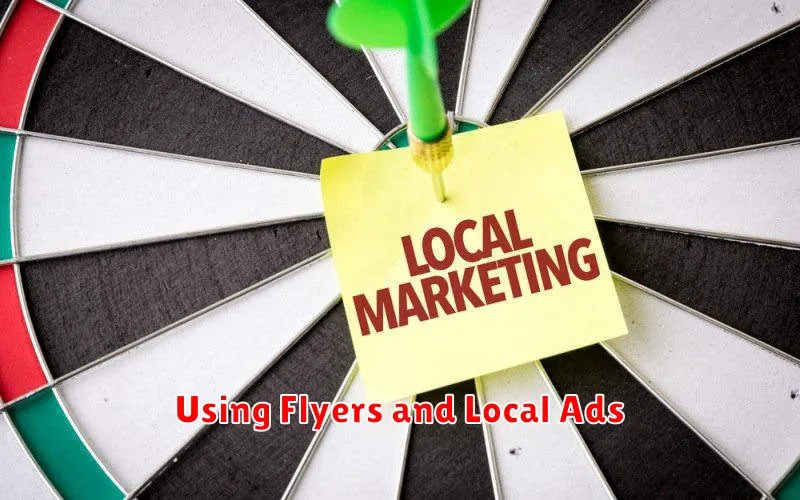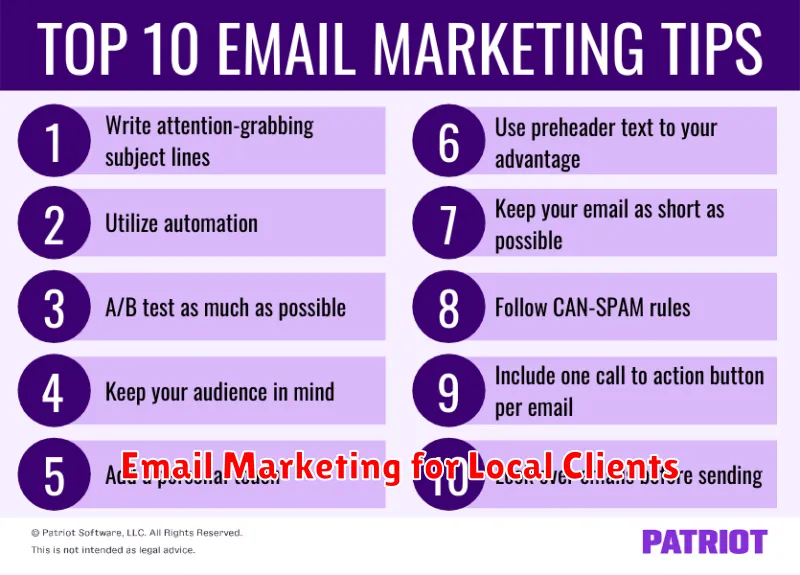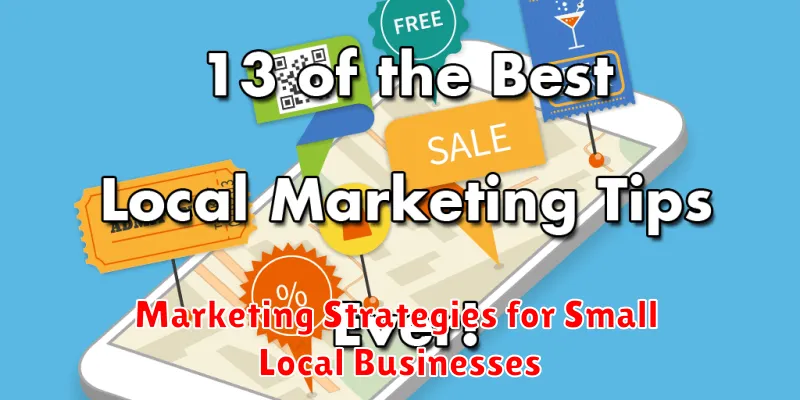In today’s competitive market, effective marketing strategies are crucial for the success of any business, especially small local businesses. These businesses often face unique challenges, such as limited budgets and competing with larger corporations. This article will explore proven marketing strategies specifically tailored for small local businesses, offering practical advice and actionable steps to enhance visibility, attract customers, and drive growth within their local communities. We will delve into topics including local SEO, social media marketing, community engagement, and other cost-effective methods to boost your local business marketing efforts.
From understanding your target audience to building a strong online presence and fostering relationships within your community, we will cover the essential elements of a successful local marketing strategy. Whether you’re a newly established business or seeking to revitalize your existing marketing efforts, this guide provides valuable insights and practical tips to help you achieve your local business goals. By implementing these marketing strategies, you can effectively reach your local customers, build brand loyalty, and establish a thriving presence in your community.
Know Your Local Audience
Understanding your local audience is crucial for effective marketing. Local businesses cater to a specific community, and knowing their needs, preferences, and behaviors allows you to tailor your strategies for maximum impact.
Key factors to consider include demographics (age, income, family status), lifestyle, and cultural influences. What are their interests and values? Where do they spend their time and money?
Conducting market research, even on a small scale, can be invaluable. Surveys, focus groups, and analyzing social media trends can provide insights into your target market.
Once you have a strong understanding of your local audience, you can craft targeted messages that resonate with them, choose appropriate marketing channels, and build strong relationships within the community.
Choosing Low-Cost Marketing Channels
For small local businesses, maximizing impact while minimizing expenditure is crucial. Low-cost marketing channels offer the opportunity to reach target audiences effectively without breaking the bank. Selecting the right channels depends heavily on understanding your customer base and their habits.
Social media marketing is a powerful, cost-effective tool. Platforms like Facebook and Instagram allow you to connect directly with potential customers, build brand awareness, and run targeted advertising campaigns on a limited budget.
Email marketing remains a relevant and affordable way to nurture leads and maintain customer relationships. Building an email list and sending regular newsletters with promotions and updates can foster customer loyalty.
Leveraging local partnerships can expand your reach organically. Collaborating with complementary businesses through cross-promotions or joint events introduces your brand to a wider audience within your community.
Participating in community events offers a valuable opportunity for face-to-face interaction with potential customers. Sponsoring or having a presence at local fairs, festivals, or farmers markets can significantly boost brand visibility.
Google Business Profile Optimization

A critical aspect of local marketing is optimizing your Google Business Profile (formerly Google My Business). This free tool allows your business to appear in Google Search and Maps, connecting you directly with potential customers.
Key elements of optimization include:
- Accurate Information: Ensure your business name, address, phone number (NAP), and website are consistent across all platforms and accurately reflect your current information. Inconsistencies can negatively impact your ranking.
- Category Selection: Choose the most relevant category for your business and consider adding additional categories that accurately represent your offerings.
- Business Description: Write a concise and compelling description highlighting your unique selling points and the services you offer.
- Photos and Videos: High-quality visuals showcasing your business, products, and services can attract customers and enhance your profile.
- Customer Reviews: Encourage satisfied customers to leave reviews. Respond to both positive and negative reviews professionally and promptly.
- Regular Posts: Keep your profile fresh and engaging by posting updates about special offers, new products, or events.
Using Flyers and Local Ads

Flyers and local advertisements offer a cost-effective way to reach a targeted audience within your community. These methods provide tangible marketing materials that potential customers can physically hold and refer to.
Flyer Distribution: Consider strategic placement of flyers in high-traffic areas frequented by your target demographic. This could include community centers, libraries, local businesses (with permission), or even direct mail campaigns.
Local Newspaper & Magazine Ads: Placing ads in local publications allows you to reach a wider audience within your community. Choose publications that align with your target market to maximize your reach and return on investment.
Community Bulletin Boards: Utilize community bulletin boards in grocery stores, coffee shops, and other local establishments. These boards offer a free and accessible way to promote your business to a local audience.
Crafting Effective Ads: Keep your message concise and compelling. Highlight your unique selling proposition and any special offers or promotions. Include clear contact information and a call to action.
Creating a Simple Website or Landing Page
In today’s digital age, a website or landing page is a critical component of any marketing strategy, even for small local businesses. It serves as a central hub for information about your business, allowing potential customers to learn about your products or services, contact details, and location.
A simple website doesn’t need to be complex. Focus on key elements: a clear description of your business, contact information, hours of operation, and potentially a list of services or products offered. A landing page can be even more streamlined, focusing on a single call to action, such as signing up for a newsletter or requesting a quote.
Several website builders and platforms allow easy creation without requiring coding knowledge. These tools often offer pre-designed templates that you can customize to fit your brand. Consider options like drag-and-drop interfaces and user-friendly content management systems (CMS).
Ensure your website or landing page is mobile-friendly. A responsive design is essential as many customers search for local businesses on their smartphones.
Email Marketing for Local Clients

Email marketing remains a powerful tool for connecting with local customers. Building an email list allows for direct communication, fostering relationships and promoting special offers.
Key strategies for successful local email marketing include:
- Offering valuable content: Provide local news, event updates, or exclusive tips relevant to their interests.
- Targeted campaigns: Segment your audience based on demographics, purchase history, or interests to personalize messaging.
- Promoting local events: Use email to announce local participation, sponsorships, or special in-store events.
By offering exclusive deals and showcasing community involvement, you can build customer loyalty and encourage repeat business.
Referral Incentives and Loyalty Programs
Referral incentives and loyalty programs are powerful tools for small local businesses to cultivate customer relationships and drive repeat business. They leverage the power of word-of-mouth marketing and reward customer loyalty, fostering a sense of community around your brand.
Referral incentives encourage existing customers to bring in new business by offering rewards for successful referrals. These incentives can take various forms, such as discounts, free products, or exclusive perks.
Loyalty programs reward repeat customers for their continued patronage. These programs can range from simple point systems to tiered programs with increasing benefits at higher levels. They encourage customer retention and build a strong customer base.
By implementing these strategies, you can effectively transform satisfied customers into brand advocates and cultivate lasting relationships that contribute to the long-term success of your local business.

